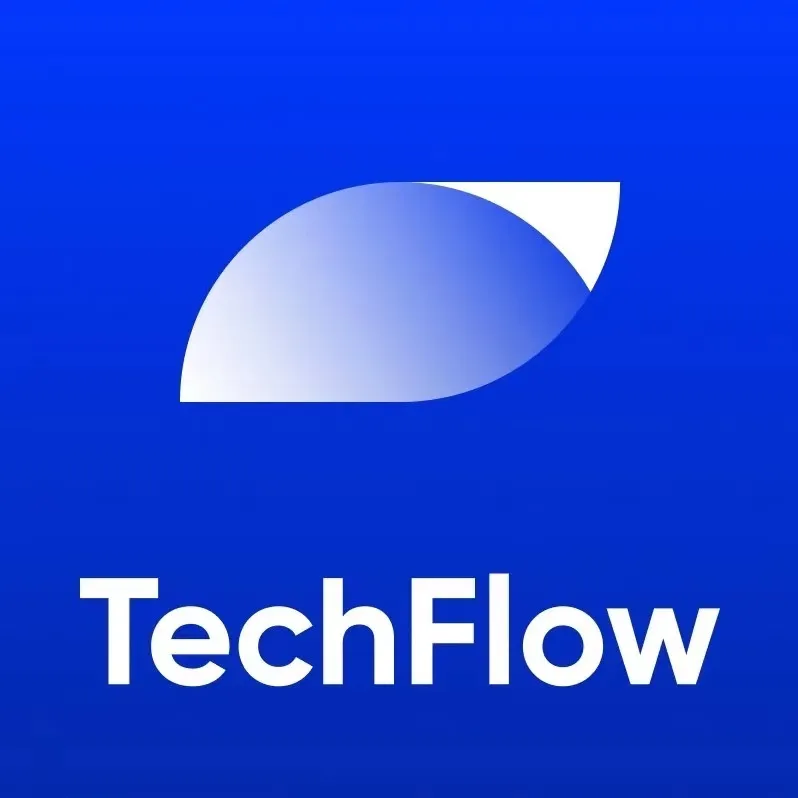New Narrative of Over-the-Counter Trading: How does OT SEA facilitate low liquidity token trading?
Original Author: FRANCESCO
Original Title: 《Hot Narratives OTC Crypto Trading》
Compiled by: Deep Tide TechFlow

There is a new narrative in the current crypto space related to Over-the-Counter (OTC) Trading.
While OTC trading has widespread practice in traditional finance, it is just beginning to emerge in the crypto space.
Why do we need OTC trading?
One of the first innovations in the DeFi space is Uniswap, which initiated the practice of facilitating decentralized cryptocurrency trading using liquidity pools.
However, liquidity pools also have their own limitations, especially for tokens with lower market capitalization and limited liquidity.
As a result, these trades can have a strong impact in terms of price discrepancies and slippage. In fact, trading lower market cap tokens may face:
High volatility
High slippage
Low liquidity
Token taxes
MEV.
We have all experienced trying to quickly exit the market due to a price drop, only to lose all profits on fees and slippage.
You thought you made a good trade, but that 50% slippage ended up costing you dearly.
Addressing Market Efficiency Issues
Protocols like OT Sea can provide traders with an alternative channel for buying and selling tokens (currently limited to ERC20 tokens).
They allow for peer-to-peer (P2P) and trustless OTC trading.
In this way, traders can bypass liquidity pools, slippage, and price fluctuations, simply conducting P2P trades.
What are the main uses of OT Sea?
Avoiding Token Taxes
Many ERC20 tokens have introduced buy/sell taxes to deter frequent trading.
In OT Sea, there is no need for liquidity pools, and whenever someone buys or sells tokens, the "transfer" function is used (instead of the buy/sell function), allowing users to exchange tokens peer-to-peer without paying taxes.
Protecting Whales
OT Sea is also beneficial for whales (referring to those holding large amounts of tokens).
Nowadays, whales find it difficult to sell their tokens because they are often tracked and front-run, and their holdings can depress prices.
One possible solution to this problem is to adopt P2P trading.
However, how can you trust that your trading partner will honestly send you the correct amount of tokens instead of deceiving you?
On OT Sea, whales can simply use OT Sea's smart contracts as a P2P intermediary to express their intent to sell these tokens.
Additionally, OT Sea's "Crowd fill" feature allows whales to sell their tokens to multiple small holders.

Any user can fill orders based on the desired quantity.

In this way, they can exit their positions without significantly impacting the token price chart.
Low Liquidity Tokens
If you have ever traded low market cap tokens, you should be familiar with the small size of these tokens' liquidity pools. In these liquidity pools, large sell orders can lead to significant price drops because the pool size cannot absorb the impact of the orders.
As a result, any holder would naturally assume that they would lose some funds due to the high price impact of the orders.
But on OT Sea, they can easily find buyers, create orders, and receive their full payment without price slippage or any token taxes.
In summary, OT Sea allows users to maximize their returns when selling tokens. To some extent, it can be envisioned as a mechanism similar to "barter trade," where users can match their needs.
How does it achieve this?
Features of OT Sea

Mini Markets
OT Sea recently launched its mini markets.
Mini markets are designed for projects that wish to have OTC trading capabilities. They will play an important role in driving platform trading volume and allow for the creation of decentralized OTC pools for any ERC20 token.
This will help:
Allow large holders to sell tokens without affecting the chart
Enable holders to sell at discounted prices below market value
Avoid token taxes

Mini markets take the form of embeddable widgets, making them very easy to integrate. Just copy and paste a few lines of code, and you can create your own OTC market.

From here, you will be able to create OTC orders for your tokens.
MEV Protection

Bypassing traditional orders and liquidity pools, OT Sea trades are immune to MEV.
In fact, peer-to-peer trading is private and conducted using the "transfer" function, thus avoiding the mempool and being shielded from MEV bot attacks.
Nevertheless, the protocol stipulates that users are responsible for utilizing MEV protection when using OT Sea.
Some methods include: Mev Blocker, Flash Bots RPC.
A New Paradigm
OT Sea is leading the creation of a new paradigm.
For low market cap tokens, OTC trading can improve market efficiency and price action.
Additionally, this can inspire new best practices for large holders, who will be able to trade without impacting prices or being tracked by bots.
The value capture mechanism of the $OTSEA token has been well established, incentivizing token holders by redistributing a large portion of the fees to them.
However, as a new paradigm, OT Sea must ensure sufficient demand and supply to maintain sustainable trading volume. Can they generate sustainable trading volume?
Currently, it seems that trading volume is increasing, with over $56,000 in volume since launch, filling over 185 orders.










